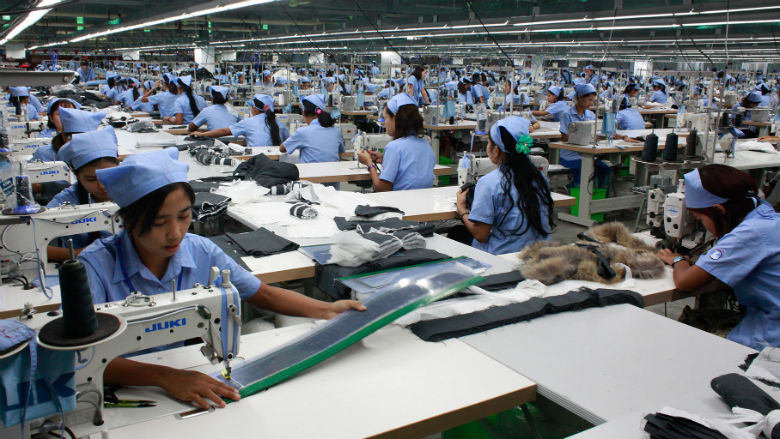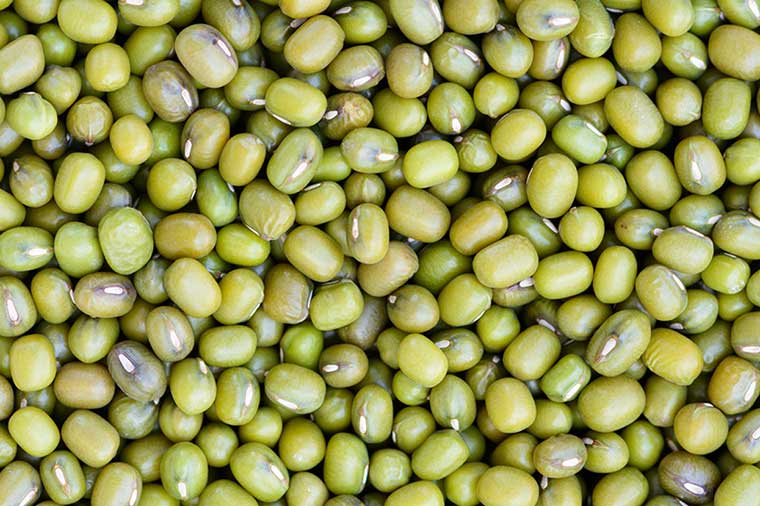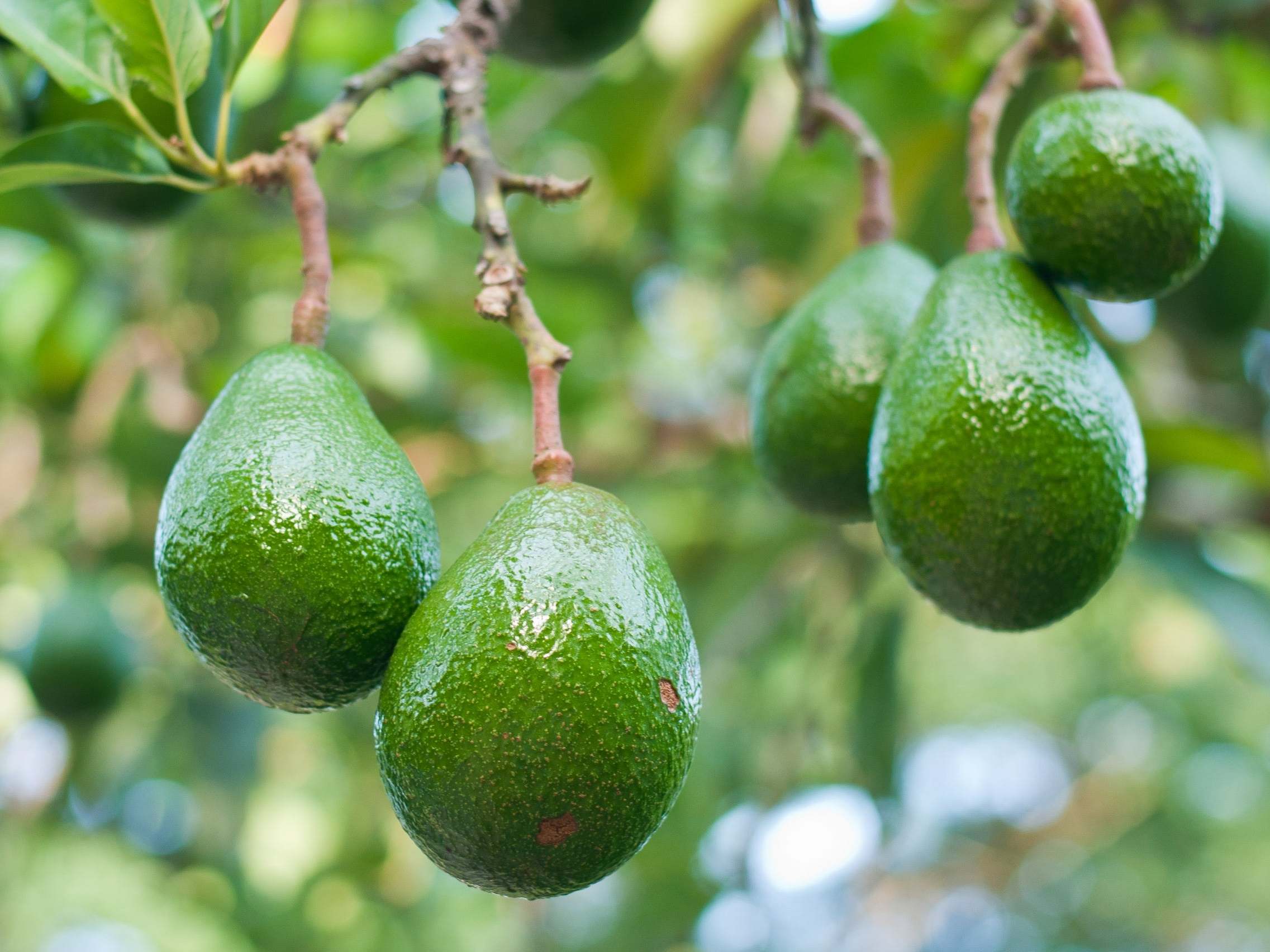 Myanmar exported rubber worth US$40 million over the last two months of the current financial year, a sharp drop of $5 million compared with the corresponding period of the previous fiscal.Over 32,000 tons of rubber was shipped to the external markets in the current financial year. The export volume was over 36,000 tons in the year-ago period.The volatile rubber price is related to global climate change, and government subsidy will be required for growers in need.
Myanmar exported rubber worth US$40 million over the last two months of the current financial year, a sharp drop of $5 million compared with the corresponding period of the previous fiscal.Over 32,000 tons of rubber was shipped to the external markets in the current financial year. The export volume was over 36,000 tons in the year-ago period.The volatile rubber price is related to global climate change, and government subsidy will be required for growers in need.
Rubber is primarily produced in Mon and Kayin states and Taninthayi, Bago, and Yangon regions in Myanmar. There are over 1.6 million acres of rubber plantations in Myanmar, with Mon State accounting for about 500,000 acres, followed by Kayin State (270,000 acres). About 300,000 tons of rubber is produced annually across the country. Seventy per cent of rubber produced in Myanmar goes to China. It is also shipped to Singapore, Indonesia, Malaysia, Viet Nam, Korea, India, Japan, and other countries.
Myanmar is exporting only rubber sheets owing to lack of machinery and technology. About 150,000 tons of rubber were exported in the 2017-2018 financial year. Myanmar shipped over 190,000 tons of rubber, with an estimated value of $250 million, to external markets in the 2018-2019 fiscal year, an increase of 41,000 tons which helped boost earnings by $60 million compared to the year-ago period.
Source: Global New Light of Myanmar



 The outbreak of a fungal disease that weakens rubbers trees in Thailand has led to the halt of imports of rubber seeds, seedlings, and saplings into Myanmar, local authorities announce. Following the outbreak of the Pestalotiopsis sub species fungal infection of Thai rubber trees, rubber seeds, seedlings, and saplings will not be allowed through local airports and border gates, the Crop Protecting Unit of the Department of Agriculture said.
The outbreak of a fungal disease that weakens rubbers trees in Thailand has led to the halt of imports of rubber seeds, seedlings, and saplings into Myanmar, local authorities announce. Following the outbreak of the Pestalotiopsis sub species fungal infection of Thai rubber trees, rubber seeds, seedlings, and saplings will not be allowed through local airports and border gates, the Crop Protecting Unit of the Department of Agriculture said. Imports of raw materials by CMP businesses from 1 to 25 October in the current fiscal were valued at US$160.7 million, an increase of $12 million compared with the corresponding period of the previous financial year, according to the Ministry of Commerce. And export of finished industrial goods touched $477 million in 25 days of trading. In 2018-2019FY, export of finished industrial goods crossed $9.8 billion while it was $8 billion in 2017-2018FY.
Imports of raw materials by CMP businesses from 1 to 25 October in the current fiscal were valued at US$160.7 million, an increase of $12 million compared with the corresponding period of the previous financial year, according to the Ministry of Commerce. And export of finished industrial goods touched $477 million in 25 days of trading. In 2018-2019FY, export of finished industrial goods crossed $9.8 billion while it was $8 billion in 2017-2018FY. Mung bean price breached K1.18 million per ton for FAQ (fair and average quality) in the domestic market following the news of India’s possible purchase of more mung beans, according to Bayintnaung commodity depot. India’s October-end import deadline has already expired. However, India might purchase the beans when there is market demand.
Mung bean price breached K1.18 million per ton for FAQ (fair and average quality) in the domestic market following the news of India’s possible purchase of more mung beans, according to Bayintnaung commodity depot. India’s October-end import deadline has already expired. However, India might purchase the beans when there is market demand. Customs Department plans to install Myanmar Automated Cargo Clearance System (MACCS) at Muse border gate by the end of 2020, said Win Thant, Director of Customs Department. The department can use this system only when the budget is allotted for 2020. Now it has started working on the tender process as it is just the beginning of the budget year.
Customs Department plans to install Myanmar Automated Cargo Clearance System (MACCS) at Muse border gate by the end of 2020, said Win Thant, Director of Customs Department. The department can use this system only when the budget is allotted for 2020. Now it has started working on the tender process as it is just the beginning of the budget year. Association Chairman U Myo Nyunt said they don’t have a sizable systematically grown plantation big enough to supply large exports. That’s why they will only send avocados during their peak season to the three foreign nations, as part of a test import strategy. The peak season for avocado in Myanmar is from November to January when they produce fruits with the highest quality.
Association Chairman U Myo Nyunt said they don’t have a sizable systematically grown plantation big enough to supply large exports. That’s why they will only send avocados during their peak season to the three foreign nations, as part of a test import strategy. The peak season for avocado in Myanmar is from November to January when they produce fruits with the highest quality. Myanmar’s border trade using Individual Trading Cards (ITCs) totaled over 59 billion kyats (39.3 million U.S. dollars) in the fiscal year 2018-2019 which ended in September, according to figures from MOC.
Myanmar’s border trade using Individual Trading Cards (ITCs) totaled over 59 billion kyats (39.3 million U.S. dollars) in the fiscal year 2018-2019 which ended in September, according to figures from MOC. Bilateral border trade between Thailand and Myanmar is expected to flourish after the second Thai-Myanmar Friendship Bridge becomes fully operational, starting from Oct 30. Niyom Wairatpanich, vice-chairman of the Thai Chamber of Commerce, said the bridge is vital to boost border trade between the two countries, increasing trade flow and logistics services through Mae Sot.
Bilateral border trade between Thailand and Myanmar is expected to flourish after the second Thai-Myanmar Friendship Bridge becomes fully operational, starting from Oct 30. Niyom Wairatpanich, vice-chairman of the Thai Chamber of Commerce, said the bridge is vital to boost border trade between the two countries, increasing trade flow and logistics services through Mae Sot. Recent demand from China has stopped the fall in price of mung beans, which had spiralled downwards after India suspended purchases, and the trade of mung beans is picking up again in Mandalay, said traders.
Recent demand from China has stopped the fall in price of mung beans, which had spiralled downwards after India suspended purchases, and the trade of mung beans is picking up again in Mandalay, said traders.